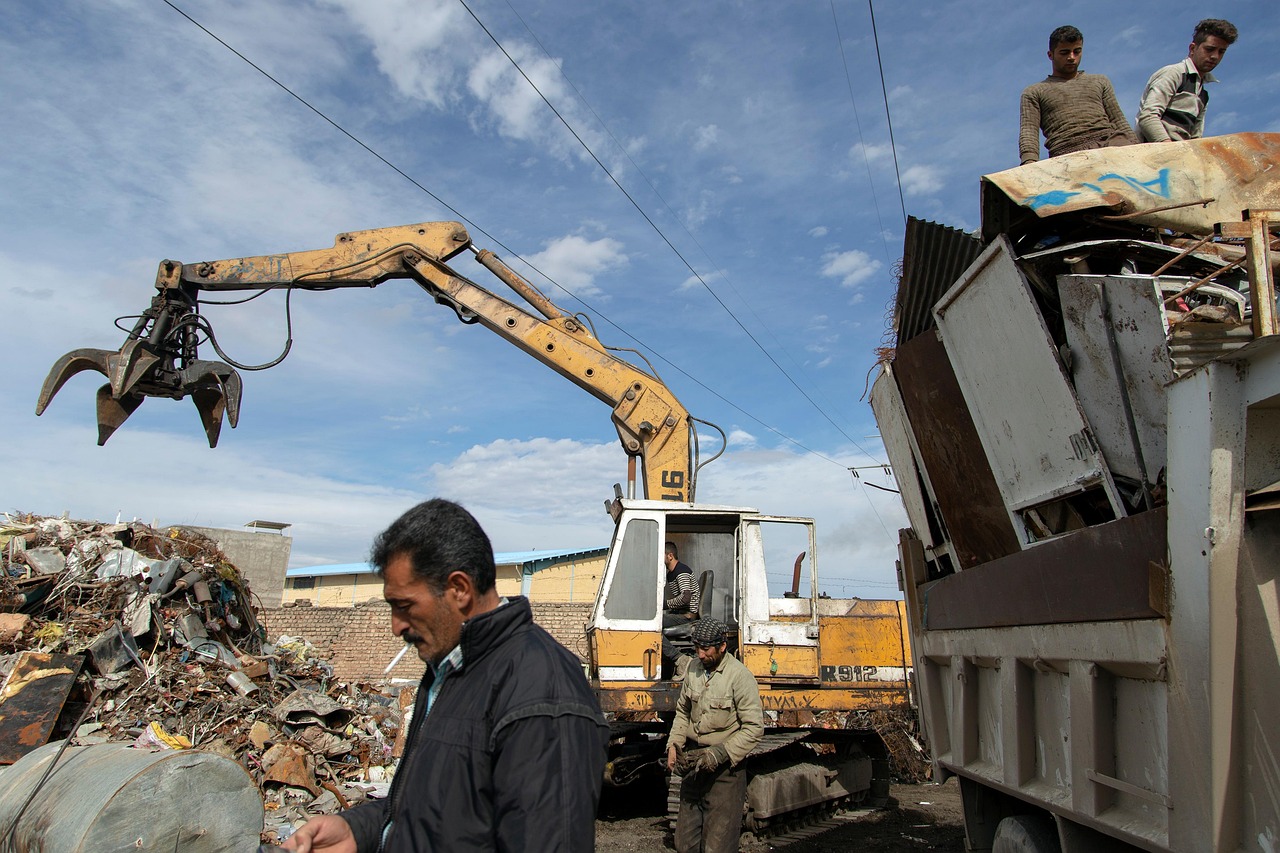Sustainable water cycle management explained
Where to find Sustainable water cycle management in Nevada: Cities like Las Vegas and surrounding agricultural areas are significantly affected?
The Journey of a Raindrop in the Great Basin
Evaporation: The Great Basin’s arid climate experiences intense sunlight, which evaporates water from lakes, rivers, and the ground. Water molecules transform into vapor and rise into the atmosphere.
Condensation: The evaporated water vapor rises and cools, forming clouds. As the water vapor condenses, it forms tiny water droplets or ice crystals, which collide with each other to create larger drops.
Precipitation: When the raindrops become too heavy, gravity pulls them back to Earth as rain. In the Great Basin, precipitation can take the form of rain, snow, sleet, or hail.
Runoff and Infiltration: After rain falls, some of it runs off the surface into streams and rivers, carrying sediment and nutrients to downstream ecosystems. The remaining water infiltrates the ground, replenishing aquifers and providing moisture for vegetation.
Water Storage: The Great Basin has several natural water storage systems, including aquifers, natural springs, and ephemeral lakes. These systems play a vital role in regulating water availability during dry periods.
Evaporation and Transpiration: Once water has been stored, it can evaporate back into the atmosphere or be absorbed by plants through transpiration. Transpiration releases moisture into the air, contributing to cloud formation and precipitation.
Challenges to the Water Cycle: Climate change is disrupting the Great Basin’s water cycle, leading to more frequent and severe droughts. Increased temperatures accelerate evaporation, reducing water availability. Changing precipitation patterns alter the timing and intensity of rainfall, impacting ecosystems and water management.
Conservation Efforts: The Active Climate Rescue Initiative (https://climate-rescue.org/) and other organizations are working to address water security in the Great Basin. Their efforts include promoting water conservation, restoring watersheds, and implementing sustainable water management practices.
The Great Basin: A Thirsty Land
TL;DR – Too Long; Didn’t Read
The Great Basin is a vast, dry region with limited water. Water scarcity is a big problem, especially for cities like Las Vegas and farms. Climate change is making it worse. We need to find ways to use water wisely and conserve it, like using new irrigation systems and encouraging people to use less water. Organizations like the Active Climate Rescue Initiative are working to help.
A Journey Through the Great Basin’s Water Cycle
Imagine a vast, dry landscape stretching across Nevada, Utah, and parts of California, Oregon, and Idaho. This is the Great Basin, a region known for its mountains, deserts, and… limited water! Like a giant, thirsty sponge, the Great Basin relies on the water cycle to stay alive.
Let’s follow the journey of a raindrop in the Great Basin:
- Evaporation: The sun heats up water in lakes, rivers, and the ground, turning it into vapor and sending it into the air.
- Condensation: As the vapor rises, it cools and turns back into tiny water droplets, forming clouds.
- Precipitation: When the clouds get heavy, the water droplets fall back to Earth as rain, snow, or hail.
- Runoff: Some of the precipitation flows across the land as rivers and streams. This runoff often ends up in lakes and reservoirs.
- Infiltration: Some of the precipitation soaks into the ground, becoming groundwater.
The Challenges of Water Scarcity
The Great Basin’s water cycle is a delicate balance, and it’s facing serious challenges. Here’s why:
- Limited Water Sources: The region receives relatively little precipitation, and most of it evaporates quickly or soaks into the ground.
- Growing Demand: The population of the Great Basin is increasing, especially in cities like Las Vegas. More people means more water is needed for drinking, farming, and other activities.
- Climate Change: Higher temperatures mean more water evaporates and less snow falls in the mountains. This reduces the amount of water available for the region.
The Impact of Climate Change on the Great Basin
Climate change is having a significant impact on the Great Basin’s water cycle. Here are some key effects:
- Shrinking Snowpack: Mountain snowpack is a crucial source of water for the Great Basin. As temperatures rise, the snow melts earlier and faster, reducing the amount of water stored for later use.
- Increased Evaporation: Hotter temperatures cause more water to evaporate from lakes, rivers, and the ground. This leaves less water available for plants, animals, and humans.
- More Intense Droughts: Climate change is increasing the frequency and severity of droughts in the Great Basin. This can lead to water shortages, crop failures, and wildfires.
Finding Solutions for a Thirsty Future
Facing water scarcity, the Great Basin must find ways to use water wisely. Here are some potential solutions:
- Water Conservation: Reducing water use in homes, businesses, and agriculture is crucial. Simple things like taking shorter showers, fixing leaky faucets, and watering lawns less can make a big difference.
- Innovative Irrigation Techniques: Farmers can adopt new irrigation systems that use less water, such as drip irrigation, which delivers water directly to plant roots instead of spraying it over a large area.
- Policy Measures: Governments can implement policies to promote water conservation, protect water resources, and encourage the development of new water technologies.
The Active Climate Rescue Initiative: Fighting for Water Security
The Active Climate Rescue Initiative (https://climate-rescue.org/) is a non-profit organization working to address water supply shortages in the Great Basin. They are actively involved in:
- Research and Innovation: Developing and promoting new water-saving technologies.
- Education and Advocacy: Raising awareness about water scarcity and promoting water conservation practices.
- Policy Influence: Working with government agencies to develop sustainable water management policies.
A Shared Future: Conserving the Great Basin’s Water
The future of the Great Basin depends on our ability to manage water resources wisely. By adopting water conservation practices, supporting innovative solutions, and working together, we can ensure that this unique and beautiful region remains a place of life and opportunity for generations to come.
More on Sustainable water cycle management…
- Water conservation
- Water management
- Water efficiency
- Water sustainability
- Water stewardship
- Water footprint
- Water cycle
- Water scarcity
- Water quality
- Water pollution
- Water treatment
- Water resources
- Water conservation
- Water resources management
- Sustainable water use
- Green infrastructure
- Low-impact development
- Watershed management
- Groundwater recharge
- Aquifer recharge
- Rainwater harvesting
- Greywater reuse
- Water reuse
- Desalination
- Water pricing
- Water education
- Water policy
- Water legislation
- Water governance
- Great Basin Water Cycle
- Overview of the Great Basin Water Cycle
- Great Basin Water Cycle
- Great Basin Watershed
- Great Basin Desert
- Great Basin Climate
- Great Basin Hydrology
- Great Basin Water Resources
- Great Basin Water Management
- Great Basin Water Conservation
- Great Basin Water Policy
- Great Basin Water Law
- Great Basin Water Governance




